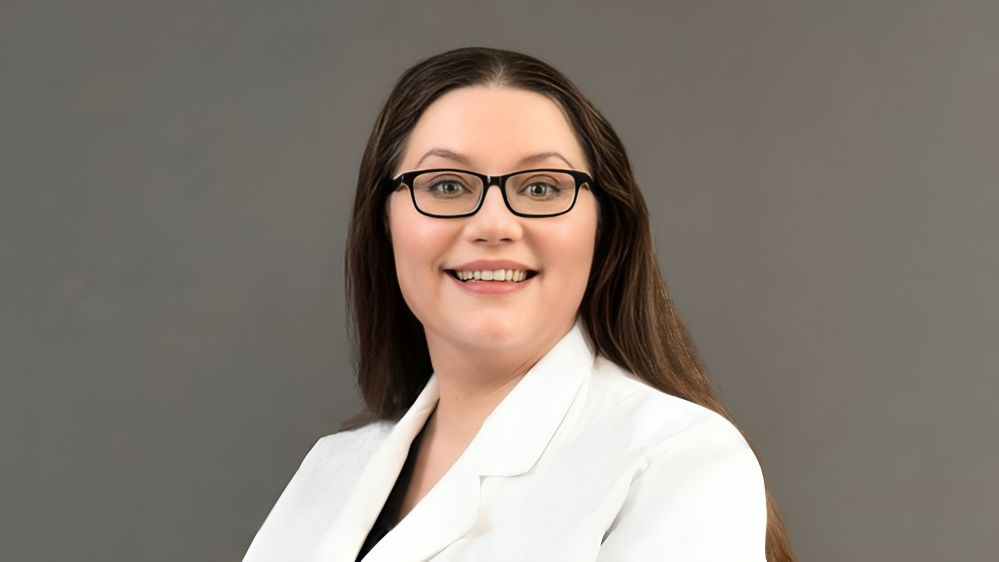
Caitlin Raymond on Kairos in Medicine: How Curiosity Sustains Physicians and Prevents Burnout
Caitlin Raymond, a board-certified Clinical Pathologist and current Transfusion Medicine Fellow at the National Institutes of Health, shared on LinkedIn:
“After years of wellness talks — resilience workshops, mindfulness modules, burnout checklists — I’ve started to piece together my own framework for how we actually sustain ourselves in medicine.
It began one evening after our move, sitting on the porch with my husband. The air was perfect, the birds were singing, nothing urgent to do. Just being.
That was kairos time: unlike chronos — the calendar and the deadlines — kairos is time outside of time, the opportune moment, the pause that feels like a gift. You can’t command it, but you can invite it.
Here’s the shape my theory is taking:
Curiosity is the canary in the coal mine. It’s the first thing to disappear when burnout creeps in, and its presence tells me how I’m really doing.
Mindfulness is just the ability to remain curious while uncomfortable. Not sterile calm, but staying open under pressure.
Kairos is the gift. Those unplanned, timeless moments restore me when I leave space for them.
Food is spiritual. Eating with curiosity turns meals into memory, community, and connection.
Wellness, then, isn’t about perfection or adding one more habit to an already full day. It’s about staying curious, slowing down enough to invite kairos, and receiving those timeless gifts when they arrive.
That evening on the porch was kairos. So is watching my cats melt into a sunbeam. These moments can’t be forced, but when they come, they restore me.
Curiosity is the path into kairos. And kairos is where curiosity learns to breathe.”
More posts featured in Hemostasis Today.
-
Oct 23, 2025, 06:03Melanie Daniel: Wonderful Presentation on Emicizumab by Mickael Rosa at ECTH
-
Oct 22, 2025, 06:17We Will Continue to Raise Awareness and Remind Rveryone That Donating Blood Means Saving Lives - Yeolyan Hematology and Oncology Center
-
Oct 21, 2025, 06:59Samwel Mikaye: Polycythemia and the Risk of Blood Clots
-
Oct 21, 2025, 06:58Samuel Nweke: Interpreting D-Dimer Results
-
Oct 21, 2025, 05:20Ewa Fiorentino Rozek: APS - When “Unprovoked” Clots And Pregnancy Loss Connect
-
Oct 23, 2025, 06:48Omid Seidizadeh Shares Deep Molecular Modeling and Mechanistic Insights into Type 2A VWD
-
Oct 23, 2025, 06:45Mélanie Roussel on D-Dimer Thresholds for Diagnosis of Pulmonary Embolism
-
Oct 23, 2025, 06:28Ramya Ramakrishnan on IDA Association with Depression
-
Oct 23, 2025, 06:07Cedric Hermans: Von Willebrand Disease Diagnosis - From Complexity to Simplicity
-
Oct 23, 2025, 05:45Andrew Larry Frelinger III on Activation of Platelets in Flow Cytometry
-
Oct 23, 2025, 07:11Sebastien Lobet Presented the ACTIVLIM-Hemo Scale
-
Oct 23, 2025, 07:05Syed Ehsan Shah on Advantages of Werfen HemoCell Automation
-
Oct 22, 2025, 08:25Johanna Nystedt: Not Every Day We Can Release a New Blood Product to Meet An Unmet Medical Need!
-
Oct 21, 2025, 06:58Arno Nierich: How Caffeine Affects Red Blood Cells and Blood Storage
-
Oct 21, 2025, 06:43Could Gene Therapy Offer Lasting Quality of Life for People with Hemophilia B?
-
Oct 23, 2025, 06:52Louise Bannon: Thrilled to Witness The Incredible Reach of This Year's World Thrombosis Day!
-
Oct 23, 2025, 06:50Caitlin Raymond to Speak at The 11th Annual Bloodless Medicine and Surgery Society Conference
-
Oct 22, 2025, 10:46Conversation with Ferran Nadeu – Touch Haematology Future Leader 2025
-
Oct 22, 2025, 10:32Lynn Malec - The New Director of the CCBD and Pharmacy at Children's Wisconsin
-
Oct 22, 2025, 09:41Deanna Joseph: Feeling Inspired and Deeply Grateful After Attending the 2025 HTRS SEARCH Workshop
